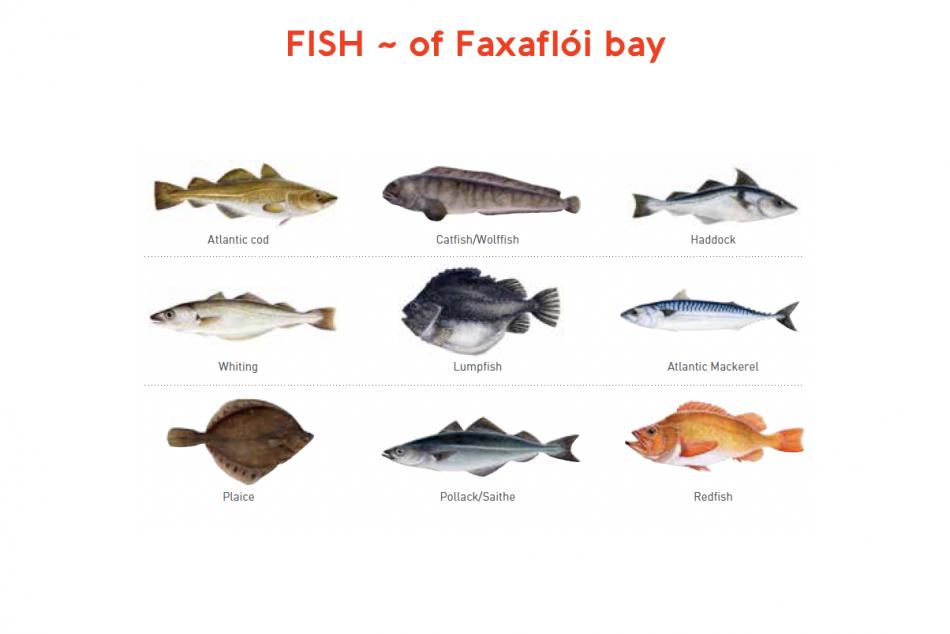
Algengir fiskar
Sjávarútvegur er ein mikilvægasta atvinnugreinin á Íslandi. Fiskur og fiskafurðir eru um 70% af útfluttum vörum frá Íslandi. Þeir fiskar sem er aðallega verið að flytja út eru þorskur, ýsa, ufsa, karfi, síld og loðna, sem er aðallega flutt út til Bretlands, Þýskalands, Bandaríkjanna, Noregs, Spánar, Hollands eftir fiski og afurð.
Veiðar á Íslandi
Vötnin umhverfis Ísland eru rík, fjölbreytt og full af lífi. Það er vegna þess að kaldir hafstraumar Grænlands og Íslands eru full af næringarefni (eins og nítrat og fosfat) sem koma upp á yfirborðið og blandast heitari Irminger straumnum á landgrunninu. Þetta gerir næringarefni aðgengileg fyrir plöntusvifið (plöntur sjávar og grunnur fæðukeðjunnar) sem finnast í efstu tveimur metrum vatnsins þar sem ljósið kemst inn og þau geta ljóstillífað (fengið orku frá sólinni). Þetta er síðan fæða fyrir dýrasvifið (smádýr eins og lirfur, krabba, humar, ígulker og lítil krabbadýr), sem étinn er af litlum fiski (loðnu, síld, sandsíli).
Veiði í Faxaflóa
Fiskimiðin á Íslandsmiðum eru einhver þau frjósömustu í heimi og Faxaflói er engin undantekning þar á. Ýmsar tegundir fiska finnast í Faxaflóa og þar af leiðandi er hægt að veiða vítt úrval tegunda í ferðum okkar.
Algengar fiskitegundir:
-
Image
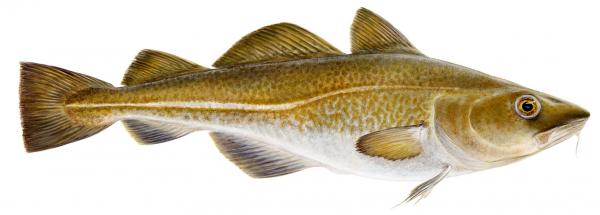 Read more...
Read more...Cod is probably the most frequently caught fish on your sea angling tour with Elding. Cod is the most important marine resource in Iceland and most of the changes in Icelandic fisheries have more or less been focused around the sustainability of cod stocks. Such as the expansion of the EEZ closing areas, reduction in amount fished and controlling the fleet size.
-
Image
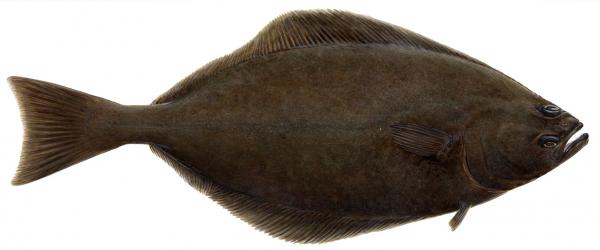 Read more...
Read more...Atlantic Halibut are the largest bonefish around Iceland and can grow to a staggering 5m in length and an old age of 50 years. It has now been overfished considerably to the stature that it is no longer a targeted commercial fish, however it is still found in bycatch of other groundfish fishing methods such as Danish Seine and Trawlers.
-
Image
 Read more...
Read more...Herring is the most abundant fish in the North Atlantic. It is a multi spawner unlike capelin and spawns in shallow water. There are two separate stocks in Iceland. The Atlanto-Scandian stock spawns in Norwegian waters then the larvae get swept with the currents to Northern Norway, Barents Sea and Russia to the nursing grounds.
-
Image
 Read more...
Read more...Mackerel has been known to migrate to Icelandic waters as far back as the 1900 and sporadically since then. It is now becoming more frequent due to the warm current oceanic conditions. Since, 2006 mackerel catches have increased exponentially around Iceland.
-
Image
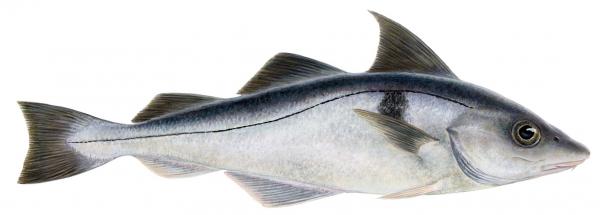 Read more...
Read more...Haddock is easily recognised by the black lateral line along its white side and a black blotch behind the pectoral fins. Haddock is the most common and preferred species of fish to be eaten in Iceland. This may be because cod was better suited for salting and thus exporting making haddock more available for local consumption.
-
Image
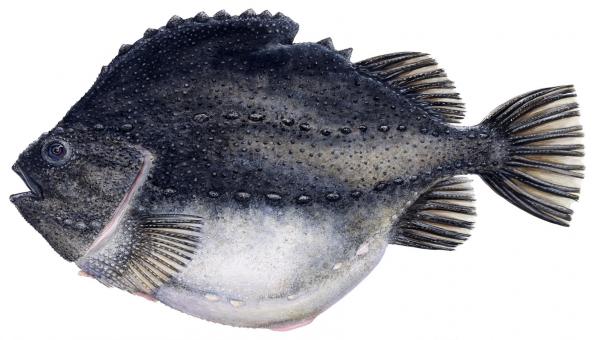 Read more...
Read more...The lumpfish is mainly caught in late winter when they come to shallower waters to spawn. Males arrive first and make a nest in kelp beds then the female comes into spawn before heading back out into the open ocean leaving the male to guard the nest until the eggs hatch which usually takes about two months.
-
Image
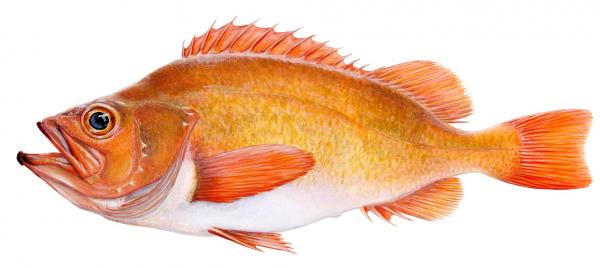 Read more...
Read more...Redfish is one of the most commercially important fish in Icelandic waters. They mate in early winter and the females will carry the eggs and sperm until they hatch in April/May in particular areas in the southwest. They are caught all year round but late winter is best. Main markets for this fish are in Germany, Japan and Holland where it is exported too.
-
Image
 Read more...
Read more...Saithe looks a bit like haddock but whereas the haddock has a black lateral line the pollack has a white lateral line. Juveniles stay in the shallow waters around Iceland and then head to deeper waters as grow especially, in the South and West of Iceland, which are the main feeding grounds.
-
Image
 Read more...
Read more...This species is commercially caught in European waters but low value bycatch in Iceland. In the past, due to the low commercial value of this species, many countries considered it to be food for the poor or pets. Now because stocks are declining it has become more highly valued.
-
Image
 Read more...
Read more...Cod is probably the most frequently caught fish on your sea angling tour with Elding. Cod is the most important marine resource in Iceland and most of the changes in Icelandic fisheries have more or less been focused around the sustainability of cod stocks. Such as the expansion of the EEZ closing areas, reduction in amount fished and controlling the fleet size.



